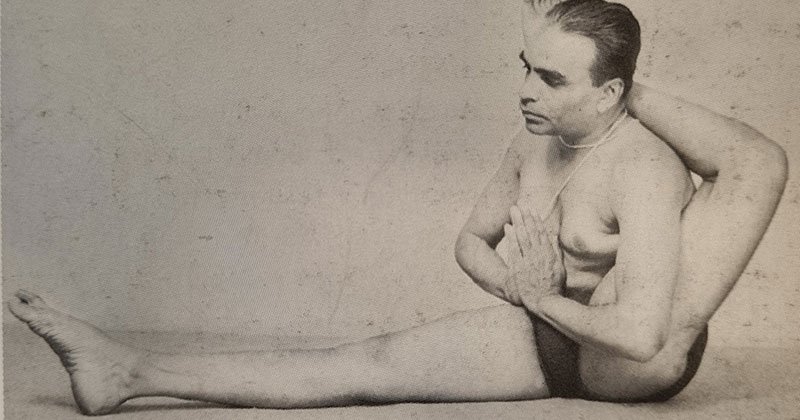“Light on Yoga” is regarded as a seminal modern text on yoga, having inspired countless practitioners. However, some readers feel intimidated by advanced asanas like Eka Pada Sirsasana and balancing poses, questioning whether such poses are necessary for achieving higher consciousness. Geeta Iyengar addressed this concern at the New Zealand Iyengar Yoga Convention in 2003, and her response is outlined below.

Iyengar emphasized that a genuine practitioner should not be troubled by doubts about the necessity of advanced asanas. Rather than focusing on whether these poses are required, practitioners should consider how different asanas affect their consciousness and help them progress to higher states of awareness. Advanced asanas challenge not just the body but also the mind, pushing it beyond comfort zones to cultivate tolerance and inner focus.
The purpose of practicing asanas, including complex ones, is to address physical and mental challenges, such as inertia and distractions, and to deepen one’s understanding of the mind and consciousness. Asanas are tools for inner exploration, not merely physical exercises.
Patanjali’s Yoga Sutras outline two essential principles for practice: abhyasa (repetitive practice) and vairagya (dispassion). Effective practice of asanas involves developing a steady and comfortable approach (sthira and sukha) and ultimately leads to the cessation of dualities (vairagya). This process requires perseverance and the willingness to face challenges, as demonstrated by the ongoing practice of complex asanas, which fosters inner growth and removes impurities from the mind.

The concepts of difficulty and ease are relative. What might be a simple pose for an advanced practitioner may be challenging for a beginner. The goal is to practice mindfully, regardless of the complexity of the asanas, and to focus on the inner experience rather than just physical achievement.
Guruji’s own practice, even in advanced years, exemplifies this approach. His continued practice of challenging asanas, despite physical limitations, demonstrates the principles of tapas (discipline) and inner exploration. He faced and overcame difficulties, which contributed to his ability to teach others safely and effectively, incorporating props to aid practice and prevent injury.
Practitioners should embrace both simple and advanced asanas with courage and openness, recognizing that true progress involves transcending physical and mental barriers. This approach to practice helps clear obstacles and supports the journey towards a deeper, more integrated consciousness.
This article was originally published in Dipika, The Iyengar Yoga London Maida Vale Journal, Issue No. 39, May 2007, and first appeared in Yoga Rahasya Vol. 13, No.2 2006.








Leave a Reply